Cubaris murina is the dark horse of the Cubaris isopods.
Lacking any bright, distinctive markings, it’s perhaps not as flashy or memorable as some of its famous cousins, but these critters are more than just a cute face (which of course, they still have).
In fact, the so-called ‘Little Sea’ isopod brings a lot to the table as one of the best bioactive custodians of its genus. So it’s a natural fit for tropical terrariums/vivariums.
Besides, I’ll introduce you to some of its cool color morphs if you want to spice things up.
Learn how to care for these bioactive Cubaris critters and where to find them.
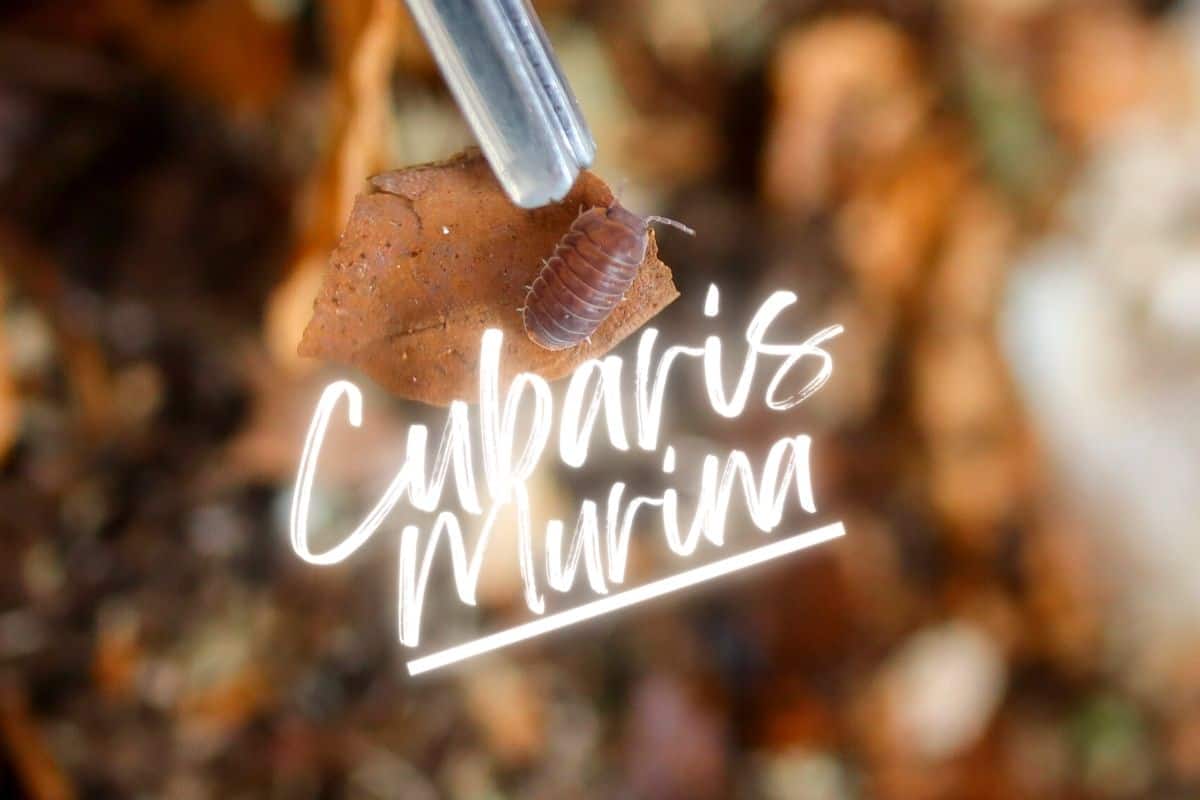
Terrarium Tribe is reader-supported. When you purchase through links on our site, we may earn an affiliate commission (at no further cost to you). 💜
Cubaris murina Intro: Size, Appearance & Behaviour
Cubaris murina is a small terrestrial isopod measuring up around just 1cm in size.
Sporting a lovely muted grey/purple coloration (with the occasional peach/orange spot at the rear), they certainly have their subtle charms. Their price tag is attractive, too, with the Little Sea Isopod being a mere fraction of the cost of its sought-after Ducky Isopod cousins.
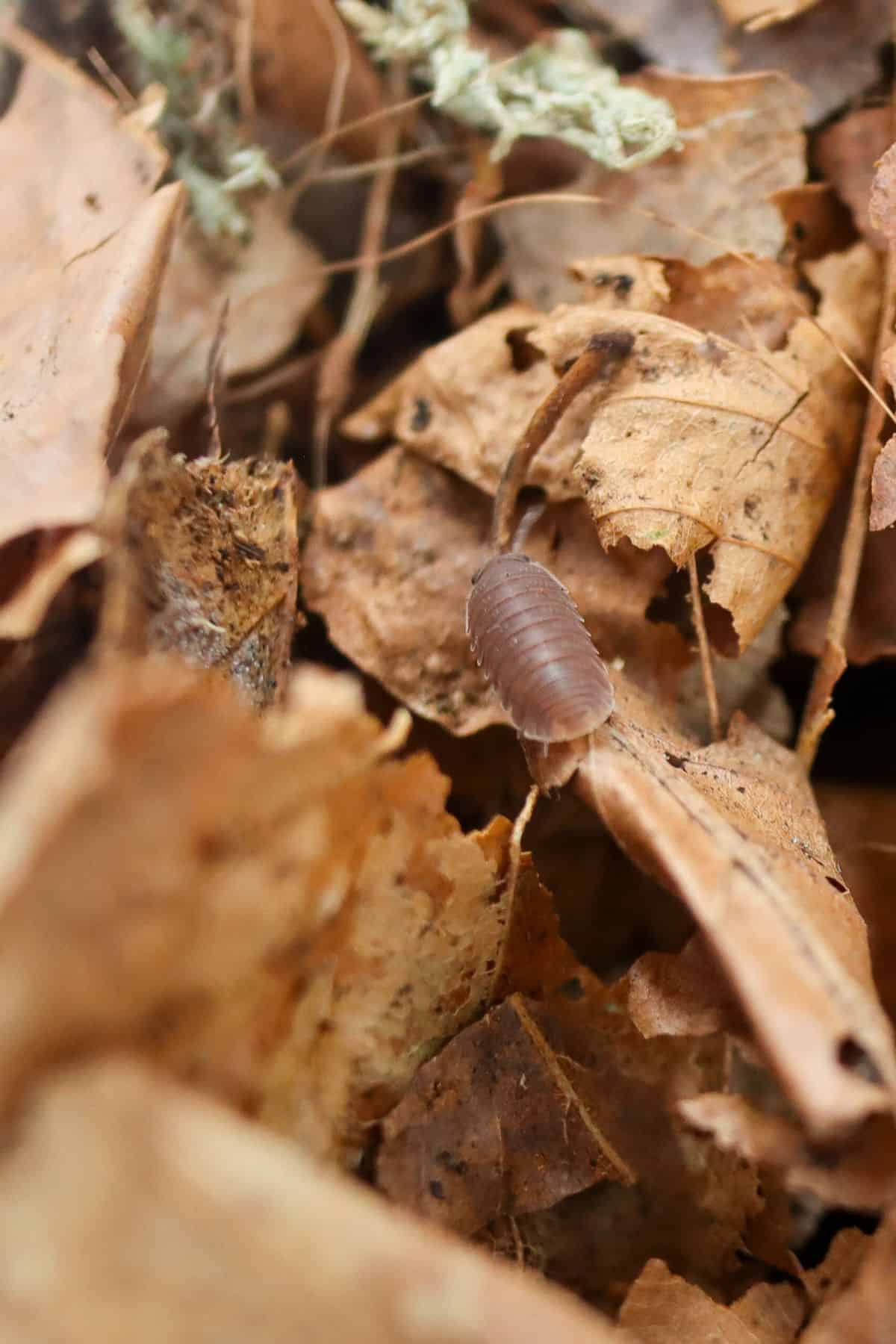
Who doesn’t love a bargain?
That said, affordability is not the only thing that makes these the undisputed entry-level Cubaris isopod.
Thanks to their relative ease of care, moderate reproduction rate, and affinity for tropical environments, they have become the default Cubaris species for bioactive terrarium/vivarium enclosures.
All those things make them a great beginner pet isopod, too!
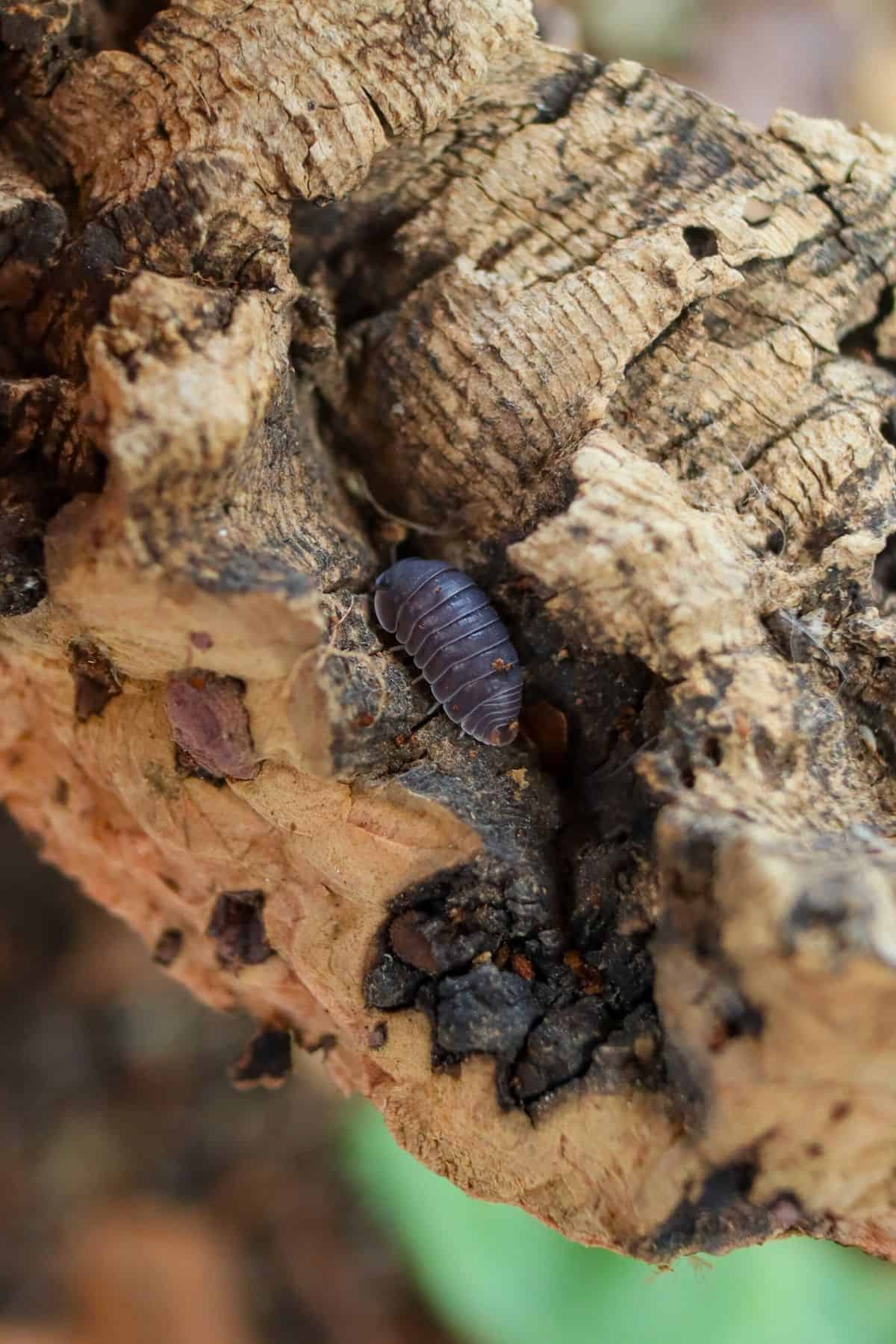
👉 Already convinced? Grab a culture of Cubrais murina.
One thing to note on planted setups, though. I have read various reports about these eating plants (particularly ferns). So, perhaps not the best species to introduce to your exotic terrarium setups.
Problematic appetites aside, Cubaris murina is a fantastic entry-level species with a forgiving nature. With the proper care, you can expect them to enjoy a healthy lifespan of a few years.
Read on to find out how!
3 Cool Cubaris murina Morphs
Hold up. First; I’ve got to introduce you to these fantastic Cubaris murina morphs.
- ‘Papaya‘ – These peachy pink critters are fan favorites, and it’s easy to see why. They are gorgeous! Believed to be an albino version, they’re a popular Cubaris species with a lot of utility.

- ‘Glacier‘ – Being almost entirely white, the ‘Glacier’ variety really stands out in an enclosure. It’s relatively new, but it’s a real beauty.

There are even more morphs on the way, I’ve even seen ‘Anenome’ and ‘M&Ms’ being teased on Reddit.
Also, just to clear up any confusion, there is one more name to mention.
The ‘Borneo’ is an (unconfirmed) locality of C.murina and has no distinguishing features. Still a great choice, but not a unique one, I’m afraid!
Cubaris murina Care
Enclosure
Getting started with these small isopods is nice and easy.
A shoebox-sized Tupperware box should be plenty big for a Cubaris murina culture. Plus, they can also take a while to establish (more on that later), so it’s unlikely that you’ll need to upgrade any time soon.
For that reason, these could be good candidates for a dedicated isopod enclosure.
They do like a good amount of ventilation, so be sure to add some holes for airflow if you’re running with a regular box.
Habitat & Substrate
As a tropical species, these will do well in a moist environment.
Not super wet, but evenly moist. Like any good tropical terrarium environment should be!
A suitable moisture-retentive substrate can help provide a stable amount of moisture and humidity – so choose wisely. I’d recommend a mix of orchid bark, earthworm castings, and sphagnum moss for a good balance of nutrition and consistency.
They can burrow, so it’s worth providing ample substrate depth (3-4 inches should be plenty).
On the top of the substrate, you’ll want to provide plenty of leaf litter and decaying softwoods, too. These form the backbone of your isopod’s diet.
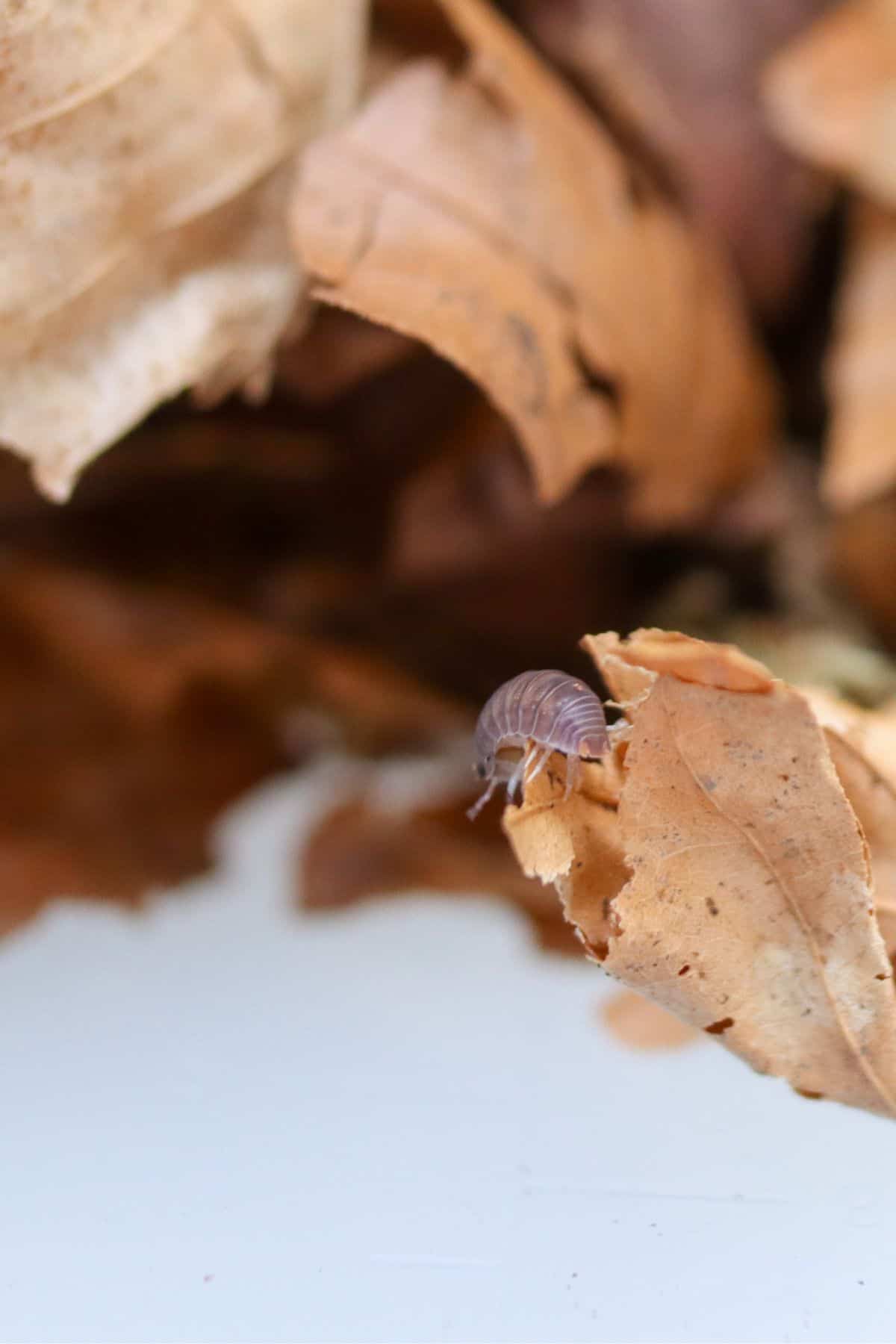
👉 Grab a bag of leaf litter here.
Temperature & Humidity
Cubaris murina is natively found in subtropical regions all over the world.
So, it’s easy to see why such a successful species is a natural fit for tropical terrariums. They’re really going to appreciate a warm and humid environment, but they’re also pretty forgiving.
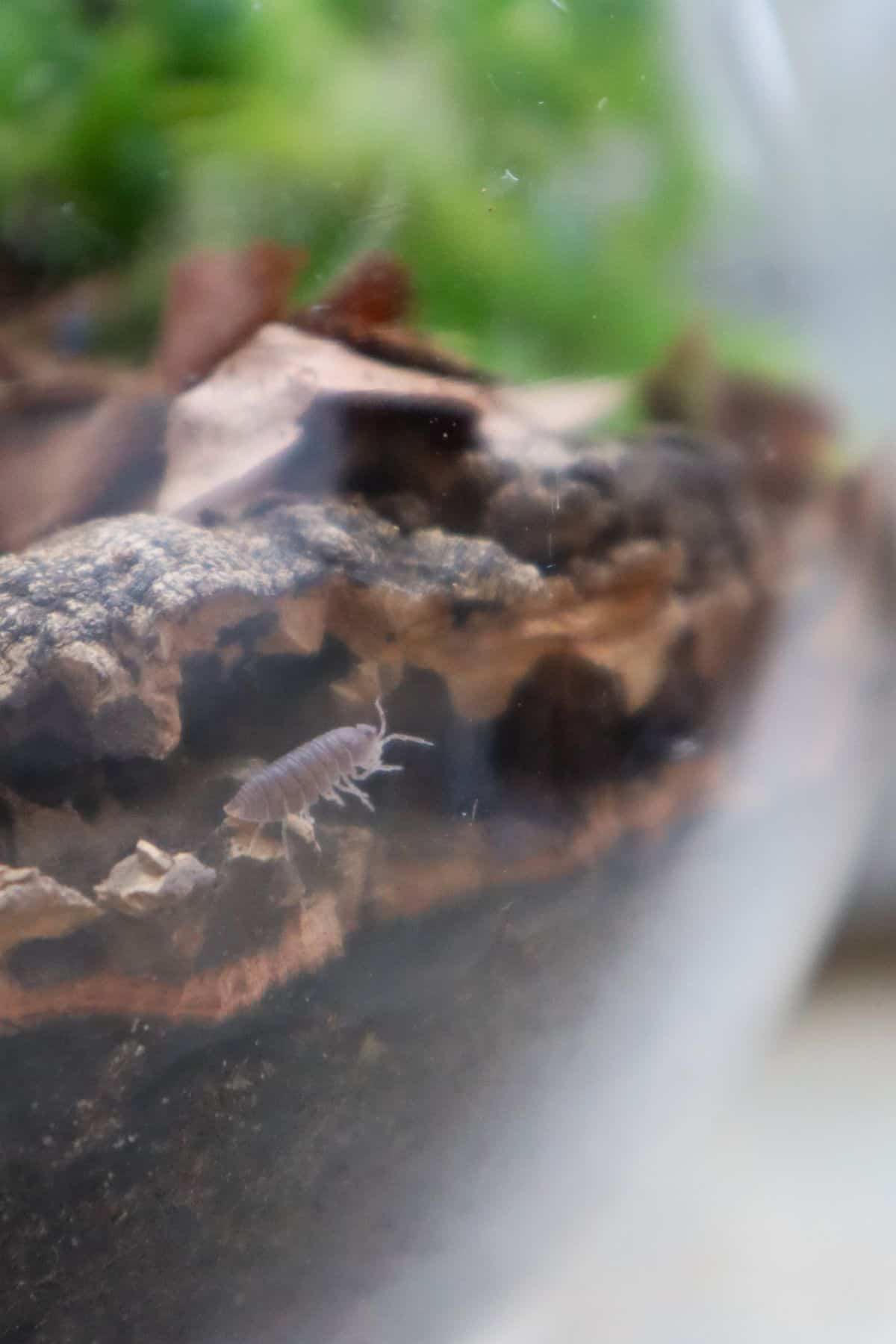
Your typical room temperature of around 22-27°C (72-80°F) should be a-okay.
Look to keep the humidity above 70% for best results.
Feeding
The Little Sea Isopods actually have a not-so-little appetite.
As well as their standard diet of leaf litter and other organic matter, you’ll want to supplement with extra food scraps. This is especially important if you’re keeping them in a planted tank, as it should help curb their appetite for your delicate plants.
Thankfully, they’re not picky. So you can easily keep them happy with all manner of fruit and vegetables.
As with all Cubaris species, you’ll want to provide plenty of protein and calcium too. Fish flakes and egg shells are some of the more common methods, and freeze-dried shrimp and minnows both pack a double whammy.
👉 That said, by far the easiest and most convenient food source is our Isopod Superfood Blend.
Full of protein, calcium, vitamins, and minerals, every pinch of the powder delivers a nutrient-packed punch that’ll keep them happy for several days.
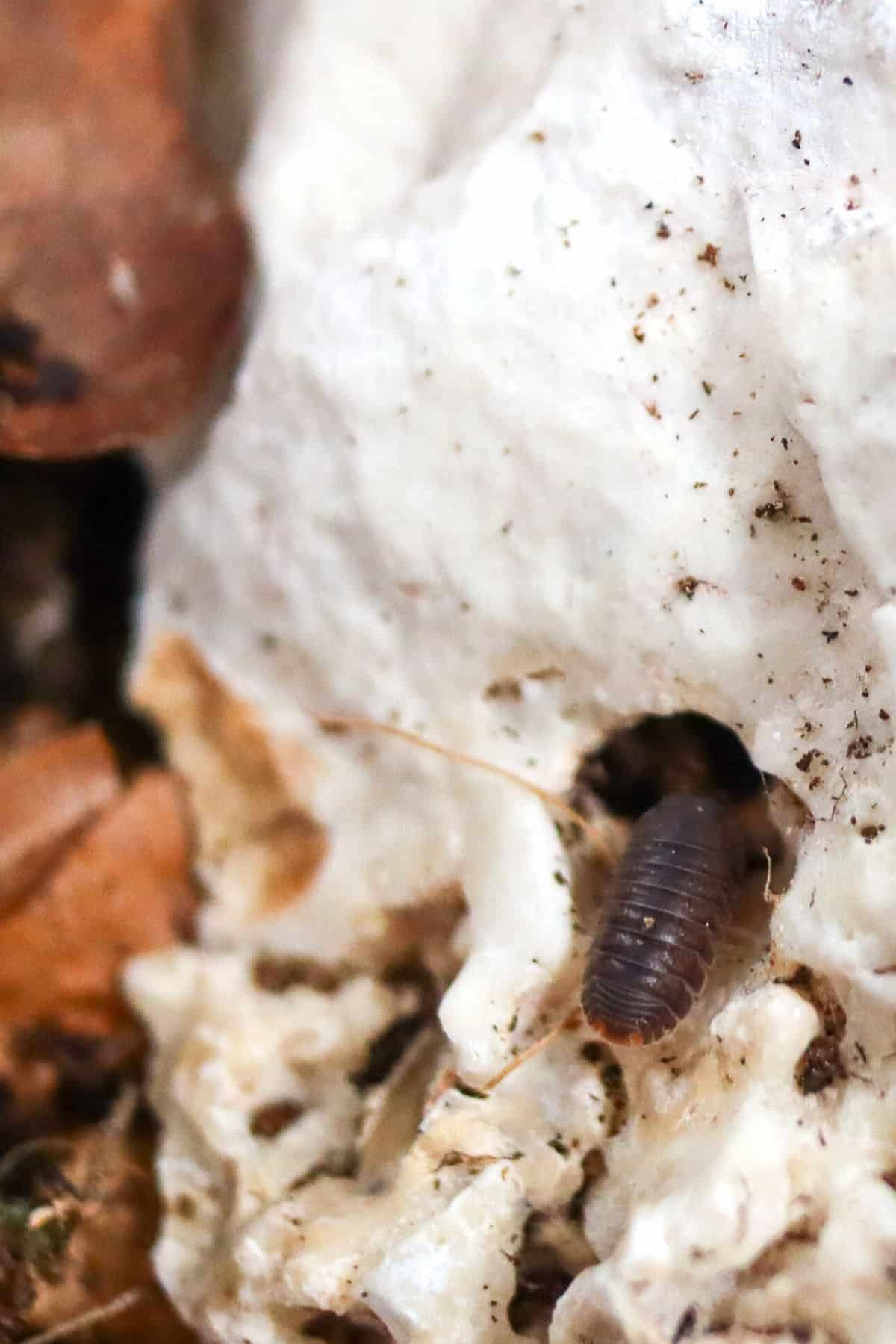
Cubaris murina Breeding
Cubaris murina is one of the easiest Cubaris isopods to breed.
A 2009 study1, Reproduction of Cubaris murina (Crustacea: Isopoda) under laboratory conditions and its use in ecotoxicity tests, found them to reliably produce broods of a decent size and regularity.
Naturally, that makes them a reliable terrarium species, too, right?
That said, many keepers indicate that they can be slow to establish. Reportedly taking several months to begin reproducing at a meaningful rate. So it’s definitely worth letting these establish early into a vivarium that will house any predatory pets.
However, the study also found that “Low-density cultures had a significantly higher growth rate compared to high-density cultures.” So, culturing them in a large setup may help speed up the process.
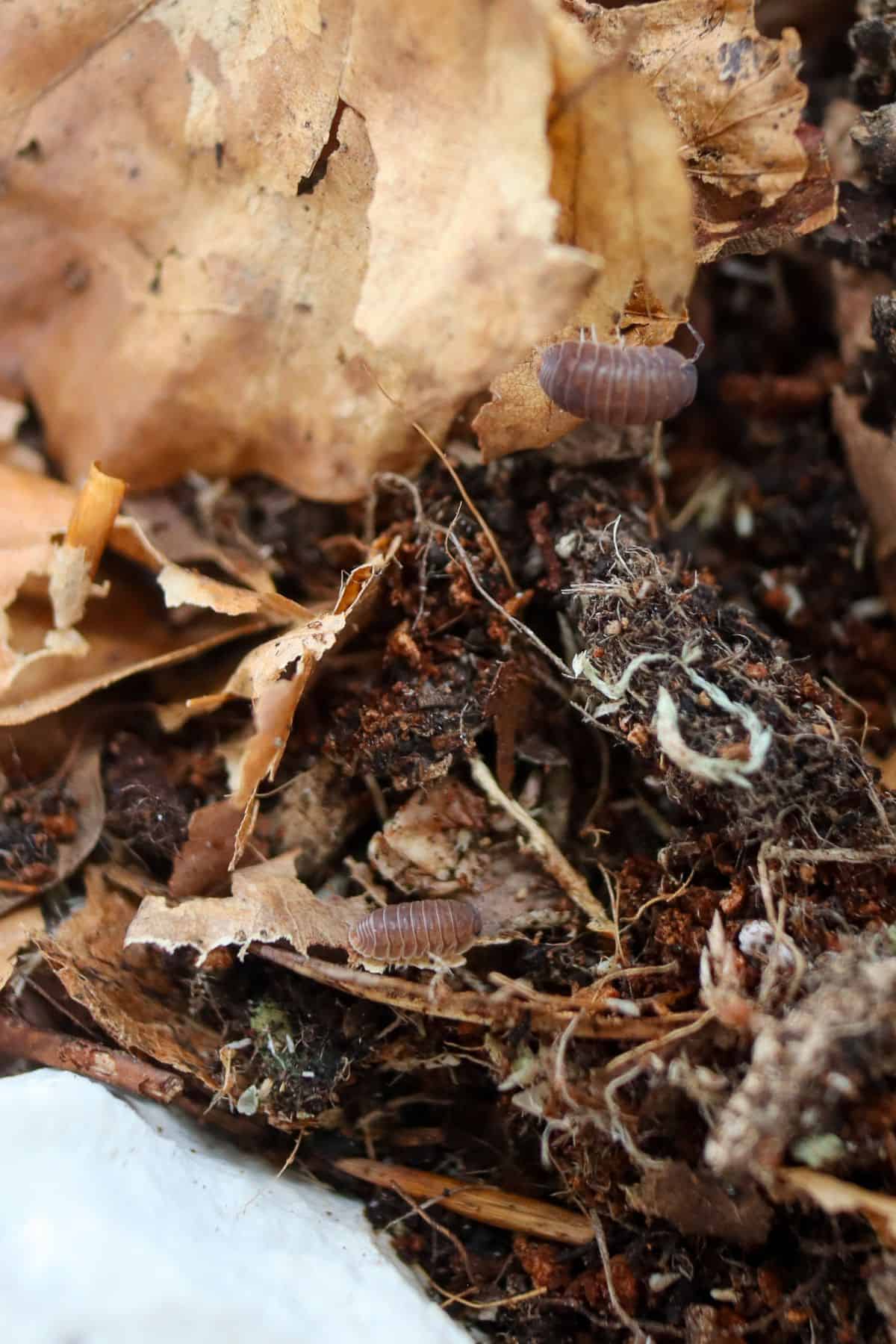
Where to Buy Cubaris murina
Cubaris murina isopods are a vivarium staple, so they’re readily available online nowadays.
As the go-to Cubaris specialists (I mean, they’re named after the most famous one), I recommend the experts over at Rubber Ducky Isopods. That’s why we’ve partnered with them to offer these isopods directly on our site!
👉 Shop Cubaris murina isopods.
You’ll get a culture start-up system of peat moss, isopod superfood, and oak leaf litter along with your juvenile isopods. Just what you need to get off on the right foot.
Over to You
So, have I successfully convinced you that Cubaris murina is worth a look?
The Papaya Isopods are a personal favorite of mine, but then orange is my favorite color…
Or if you need more inspiration from the family, check out our other cubaris isopods for sale.
References
- https://www.researchgate.net/publication/24258419_Reproduction_of_Cubaris_murina_Crustacea_Isopoda_under_laboratory_conditions_and_its_use_in_ecotoxicity_tests ↩︎

Thank you for including (and adequately summarizing!) actual research in your articles! This puts you WAY up on my list of credible sources and helps me in deciding who to learn from. Thanks, Plant Daddy!
really nice post, thank you